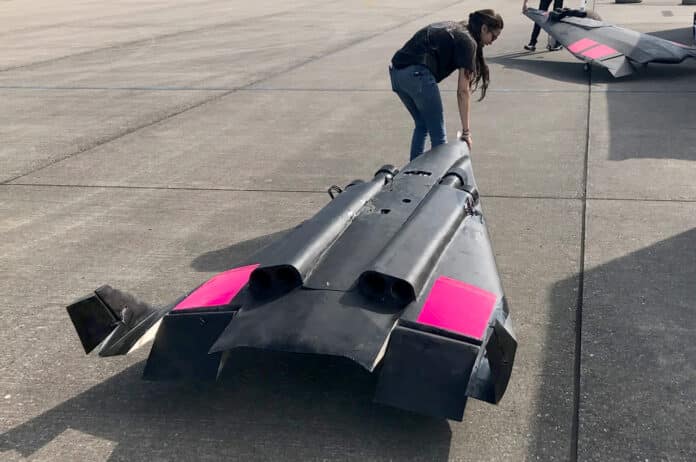Space transportation is based on vertically launched single-use rockets. According to ESA-FESTIP studies, spaceplanes are the most cost-effective solution for future spaceflight.
Spaceplanes are reusable rocket-propelled vehicles that take off horizontally. It offers significant cost savings as well as fundamental improvements in flexibility and security. Spaceplanes can operate just like airplanes at airports and do not require launch pads with complex and expensive infrastructure.
Light spaceplanes can take off and land like airplanes due to their low payload mass. For heavy spaceplanes, launch support systems can help optimize vehicle performance.
To validate the technology and accelerate spaceplane development, the Bremen-based aerospace company Polaris Raumflugzenge, has begun initial flight testing of its MIRA-Light demonstrator. MIRA-Light is a scaled-down version of the larger and heavier demonstrator of MIRA.
On the first day of the flight, MIRA-Light completed five flights on the same day without facing any issues. Furthermore, 15-20 MIRA-Light flights will be conducted to complete the flight-controller test program for MIRA.
MIRA-Light is designed and built parallel to MIRA within just a few weeks. It is 2.5m (8 feet) long and features four electric ducted fan propulsion.
MIRA-Light is the company’s fourth demonstrator to take to the skies after its earlier demonstrators, Stella, Aleda, and Athena.
The company was able to keep total project costs, including personnel and hardware costs, design, manufacturing, and flight-testing, significantly lower, totaling a few tens of thousands. The main purpose of MIRA-Light is to test and calibrate the flight control system for MIRA.
MIRA is a 4.25m (14 feet) long dedicated validation vehicle for in-flight demonstrations. It is powered by four kerosene-fed jet turbines and tests a liquid-fueled linear Aerospike rocket engine.
Polaris’ MIRA demonstrator is scheduled for flight by the end of this year, and the final demonstrator Nova is set to take to the skies at the beginning of next year.
